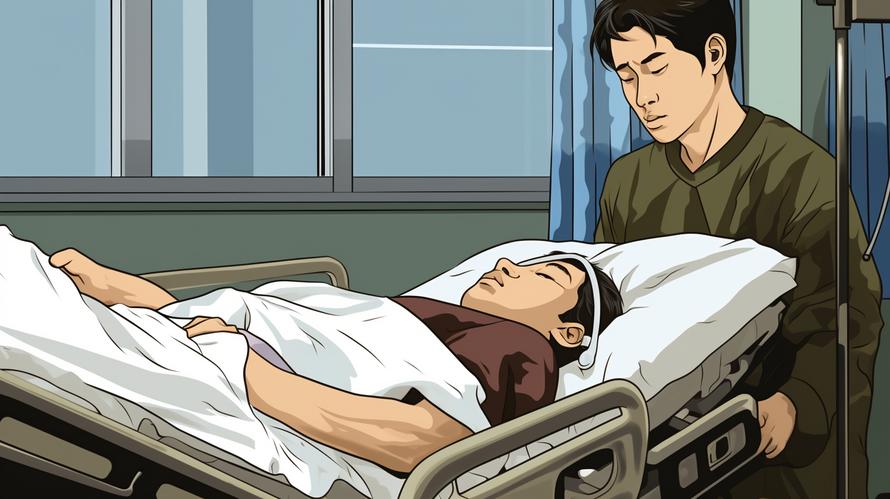Teenagers who drink alcohol, particularly excessively, are putting their health at risk. The damage inflicted on their brains and livers can be severe, and in some extreme cases, they may even require hospitalization. This poses a significant public health concern and places a substantial financial burden on the U.S. healthcare system.
To illustrate the extent of the problem, the Mayo Clinic conducted a study to assess the costs of underage drinking-related hospitalization. The findings revealed that U.S. hospitals spend an estimated $755 million each year on treating teens suffering from the consequences of alcohol consumption. Breaking this down highlights that a staggering $2 million is spent each day on these treatment provisions.
These worrying figures may serve as a catalyst for parents and educators to step up their efforts in trying to prevent underage drinking. The study emphasizes the magnitude of the issue, estimating that approximately 36% of high school students have consumed at least one alcoholic beverage. Around 7% of them are engaging in heavy drinking sessions, each consuming more than five drinks in quick succession.
Addiction expert and psychiatrist Dr. Terry Schneekloth states, “When teenagers drink, they tend to drink excessively, leading to many destructive consequences including motor vehicle accidents, injuries, homicides, and suicides.” The risks associated with underage drinking are not merely physical, but various negative social consequences can arise from alcohol use during the teenage years.
Moreover, teenagers who were admitted to hospitals due to alcohol consumption presented a range of diagnoses. Commonly, the causes for admission were alcohol abuse, addiction, and mental health issues associated with substance use. This highlights that the consequences of underage drinking extend far beyond inebriation and include severe long-term health issues.
Given the magnitude of these findings, it is crucial for parents and educators to work towards reducing the incidence of teenage drinking. Implementing preventative measures is vital to safeguard the health and well-being of minors and reduce the financial strain on the healthcare system. The following are a few steps that can help mitigate the prevalence of underage drinking:
- Encourage open communication: Establish an environment where communication about alcohol and its dangers is easy, honest, and judgment-free. Teens should feel comfortable discussing their thoughts and experiences with their parents or teachers, facilitating early intervention if necessary.
-
Educate: Endeavor to educate teens on the consequences of alcohol consumption, focusing on both short-term and long-term effects. Providing comprehensive information will permit teenagers to make informed decisions about their alcohol use.
-
Set boundaries: Establish a firm but fair set of expectations for teenagers regarding alcohol use. Ensure that they understand the rationale behind the rules and the consequences for breaking them.
-
Support positive peer choices: Encourage your teen to associate with friends who exhibit responsible behavior and engage in healthy activities. This will minimize their exposure to the influences of underage drinking.
-
Lead by example: Be a positive role model for responsible alcohol consumption. Understand that teenagers are easily influenced and will often emulate the behavior they observe.
-
Monitor alcohol access: Take active measures to restrict your teen’s access to alcohol at home and in social situations. This can include locking your liquor cabinet or frequently discussing their social engagements, making them accountable for their actions.
Reducing the rates of underage drinking is an ongoing challenge, but it is a task that parents, educators, and society at large must continually address. By undertaking the steps outlined above, adults can contribute to the prevention and minimization of alcohol-related health issues among teenagers. In doing so, the well-being of minors can be protected, and the considerable burden that underage drinking imposes on the U.S. healthcare system may gradually be alleviated.



